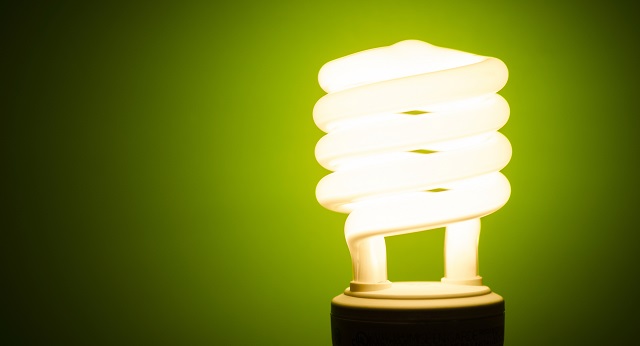Low energy LED light bulbs could be giving us all HEADACHES because they flicker too much.Energy-saving light bulbs could be giving us all headaches as they flicker too much. LED bulbs can bring on feelings of dizziness and pain within just 20 minutes of switching them on, an expert has warned. Professor Arnold Wilkins, professor of psychology at the University of Essex, said the flickering of the unpopular lights is stronger than for traditional light bulbs. While fluorescent lights, such as those in offices, dim by around 35 per cent with every flicker, LED lights dim by 100 per cent. It means they effectively turn off and on again hundreds of times every second. This can cause headaches by disrupting movement control of the eyes, forcing the brain to work harder. Flickering LED bulbs could double the chances of suffering a headache, based on previous research. The warning comes as Britain is set to ban halogen light bulbs completely next September under EU law. They are currently being phased out, with major retailer IKEA already only offering LED bulbs for sale. ‘People do not like the flicker’Professor Wilkins said the flicker from the energy-efficient bulbs is putting some people off buying them, adding: ‘People do not like the flicker, it can make them fell dizzy and unwell after about 20 minutes, and can produce disturbing anomalies of perception, such as seeing multiple images of the lamp, every time you move your eyes rapidly.’ Most electric lighting is powered by an alternating current supply, which causes light bulbs to flicker. This particularly affects vision during rapid eye movements called saccades. A study from 1989 conducted by Professor Wilkins found fluorescent lighting which flickered 100 times a second doubled the chances of office workers experiencing headaches. LED light bulbs can flash 400 times a second – four times as often. Annoying and distractingWriting on the website The Conversation, Professor Wilkins said: ‘No similar study has yet been performed for LED lights. But because LED flickering is even more pronounced, with the light dimming by 100 per cent rather than the roughly 35 per cent of fluorescent lamps, there’s a chance that LEDs could be even more likely to cause headaches. ‘At best, it’s likely to put some people off using LED bulbs because of the annoying, distracting effect of the flickering, which we know can be detected during saccades.’ The risk of headaches may be particularly high while reading, when it is important to position the eyes carefully to scan the pages. Flickering light bulbs disrupt the control of this eye movements, making the brain use more energy to work harder, which has been linked to headaches. It can also cause people to suffer visual anomalies, such as double or multiple vision. The lamp in front of you may look like two or three lamps because of this visual effect when a bulb flickers. What are LEDs?LEDs, or light-emitting diodes, are one of two main types of energy-efficient light bulbs available in the UK, along with compact fluorescent lamps. They can cost more than traditional light bulbs, but are said to be cheaper in the long-term because they last longer. However they have faced past criticism that they emit a cold, green light and take too long to warm up. Arlene Wilkie, chief executive at the charity The Migraine Trust, said: ‘While we do know there are certain trigger factors for migraine, such as flickering light, there isn’t a lot of evidence that LED flickering lights are bad for migraine/headache.’ |
Aug 042017

Sorry, the comment form is closed at this time.